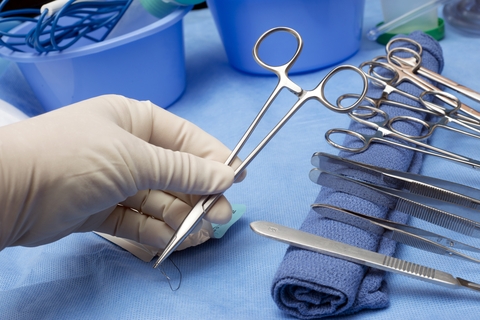When it comes to surgical instrument cleaning, the Center for Disease Control (CDC) states using a pH neutral detergent solution is most optimal because these types of solutions usually provide the best compatibility between the two entities, and offers the best...



